 In 2015, the food truck industry was valued at $856.7 million, and it is expected to grow to $996.2 million by 2020. There are many reasons for this growth including the seemingly easy entry into the restaurant business that it provides.
In 2015, the food truck industry was valued at $856.7 million, and it is expected to grow to $996.2 million by 2020. There are many reasons for this growth including the seemingly easy entry into the restaurant business that it provides.
Low Start Up Costs
You can purchase a food truck for as little as a few thousand dollars, but like any business, it’s imperative that you protect your assets and your business. One way to protect both is with the right insurance.
Insuring a food truck can be a little tricky because it has many of the risks associated with commercial vehicles as well as those associated with restaurant insurance, not to mention all the risks that all businesses face, plus a few that are unique to the food truck industry.
4 Unique Risks
For example, it is more difficult to regulate temperatures on a food truck, which can increase the risk of food contamination and food poisoning. Plus, the small food prep area in food trucks create a greater chance of accidentally exposing customerswith food allergies to allergens. Slip and fall injuries can occur both inside and outside of a food truck, and trucks can be easier to break into than brick-and-mortar restaurants.
Another consideration is Workers Compensation Insurance. In Pennsylvania, It is required for most – but not all - businesses with employeesto have WC insurance. If you fall into the “not all” category, you may be tempted to forego WC coverage to “save money.” But kitchens can be dangerous places where injuries can happen, and medical bills can quickly add up to significantly more than the money you saved.
Don’t Skimp on Insurance
It may be tempting to try to save money by only purchasing the minimum insurance required by law or by the venue where you park your truck, but that minimum may not be enough to protect your business.
For example, many festivals require a minimum $1 million in general liability coverage. You can purchase liability insurance to cover just that event, but then you leave your business open to risks when it’s not at the event. Plus, buying insurance on an event-by-event basis can be significantly more expensive than purchasing it on a yearly basis.
If you keep the big picture in mind when purchasing insurance for your food truck, you allow your business the flexibility and freedom it may need to grow along with the protection you need to stay in business.
To ensure that you have the proper protection, it is best to consult with an independent insurance agent who specializes in food truck and restaurant insurance. We can help determine any mandated minimum insurance requirements along with any additional risks your business may face.
Here are some of the types of insurance to consider for your food truck business:
1 - General Liability Insurance
This insurance protects your business from lawsuits or claims made by third parties including physical injury, property damage, and legal fees.
2 - Commercial Auto Insurance
This insurance helps cover risks while you are driving your food truck. If you are in an auto accident, it helps cover the cost of medical, repair, and legal expenses.
3 - Business Owner’s Insurance
This insurance combines business content coverage and general liability insurance to cover both lawsuits and damage to your property, and it usually costs less than buying property and general liability coverage separately.
4 - Worker’s Compensation Insurance
This insurance pays for medical expenses, lost wages, and lawsuits if one of your employees is hurt on the job.
5 - Additional Insurance
Other types of commercial insurance you may want to consider include…
- Umbrella Insurance, which goes above the normal limits covered by your liability and auto policies
- Food Spoilage Insurance, which covers you if your food spoils due to equipment breakdown, mechanical failure, or power outage
- Loss of Income Insurance, which covers some of your income if your food truck is damaged, and you’re unable to continue operations.
Do it Right! Contact Us for Help in Making a Smart Decision
 If you aren’t absolutely sure what you need to properly protect your food truck business, give the independent insurance agents at American Insuring Group a call.
If you aren’t absolutely sure what you need to properly protect your food truck business, give the independent insurance agents at American Insuring Group a call.
We specialize in restaurant and food truck insurance and can help you sift through all your risks and options in order to properly protect your business. Simply contact us at (800) 947-1270 or (610) 775-3848, or click here to contact us online.



 A few weeks ago we introduced you to the Occupational Safety and Health Administration’s (OSHA) Fatal Four – four safety hazards that account for the majority of all construction worker deaths (
A few weeks ago we introduced you to the Occupational Safety and Health Administration’s (OSHA) Fatal Four – four safety hazards that account for the majority of all construction worker deaths ( A great way to lower your contractor insurance costs is to simply contact American Insuring Group at
A great way to lower your contractor insurance costs is to simply contact American Insuring Group at  Any good Workers Compensation Insurance (WC) program includes a strategy to ensure quick reporting of injuries and WC claims.
Any good Workers Compensation Insurance (WC) program includes a strategy to ensure quick reporting of injuries and WC claims.  The agents at American Insuring Group can help you set up a Workers Compensation plan that promotes quick reporting of injuries, which can lead to more successful resolution of WC claims. PLUS, we can help you save a bundle on great insurance!
The agents at American Insuring Group can help you set up a Workers Compensation plan that promotes quick reporting of injuries, which can lead to more successful resolution of WC claims. PLUS, we can help you save a bundle on great insurance! One of the best ways to reduce truck insurance and other costs is to reduce injuries, and one of the best ways a trucking company can do that is to ensure that ALL drivers wear seatbelts when they are operating a vehicle. Plus, it’s the law, and failure to use a seat belt can result in fines.
One of the best ways to reduce truck insurance and other costs is to reduce injuries, and one of the best ways a trucking company can do that is to ensure that ALL drivers wear seatbelts when they are operating a vehicle. Plus, it’s the law, and failure to use a seat belt can result in fines.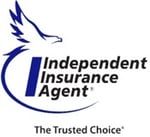
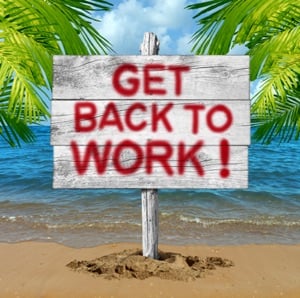 The majority of injured workers are back on the job within four days.
The majority of injured workers are back on the job within four days. American Insuring Group specializes in Workers Compensation Insurance and we can save you a bundle. We shop and compare so you don't have to, and we're really good at it!
American Insuring Group specializes in Workers Compensation Insurance and we can save you a bundle. We shop and compare so you don't have to, and we're really good at it! It will soon be that time of year when many businesses will offer their employees a chance to celebrate the season with a holiday party. At some of these parties, alcohol will be served, and, as we all know, too much alcohol can make people do crazy things!
It will soon be that time of year when many businesses will offer their employees a chance to celebrate the season with a holiday party. At some of these parties, alcohol will be served, and, as we all know, too much alcohol can make people do crazy things! If you decide to serve alcohol at your next business function, check your commercial general liability policy to make sure that it provides coverage for liquor liability.
If you decide to serve alcohol at your next business function, check your commercial general liability policy to make sure that it provides coverage for liquor liability.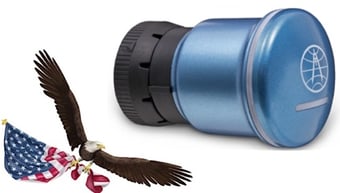

 This is the first in a series of four blogs that will focus on what
This is the first in a series of four blogs that will focus on what  Creating safer work sites is just one way to
Creating safer work sites is just one way to 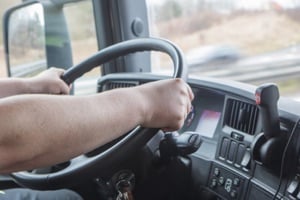 Every time a truck driver gets into his vehicle, he’s facing the possibility of an accident, and accidents that involve big rigs have a higher probability of causing severe injury, which of course impacts
Every time a truck driver gets into his vehicle, he’s facing the possibility of an accident, and accidents that involve big rigs have a higher probability of causing severe injury, which of course impacts 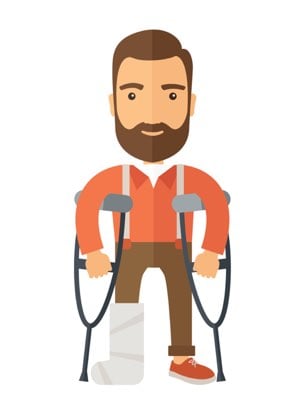 Murphy’s Law states that if something can go wrong, it will go wrong, and it’s a law that could have been written with the construction industry in mind! There are so many moving parts, activities, and different players all working on a location that has potential hazards around every corner.
Murphy’s Law states that if something can go wrong, it will go wrong, and it’s a law that could have been written with the construction industry in mind! There are so many moving parts, activities, and different players all working on a location that has potential hazards around every corner.



